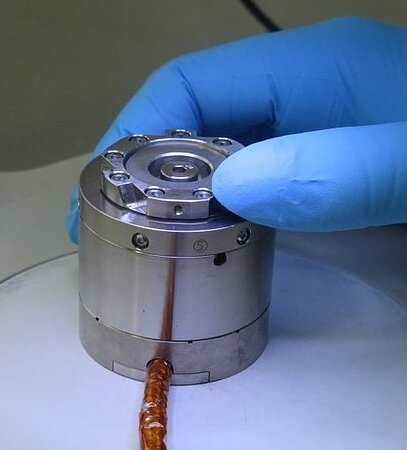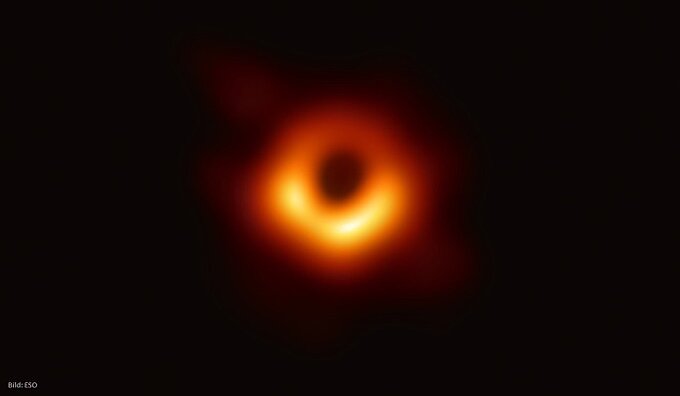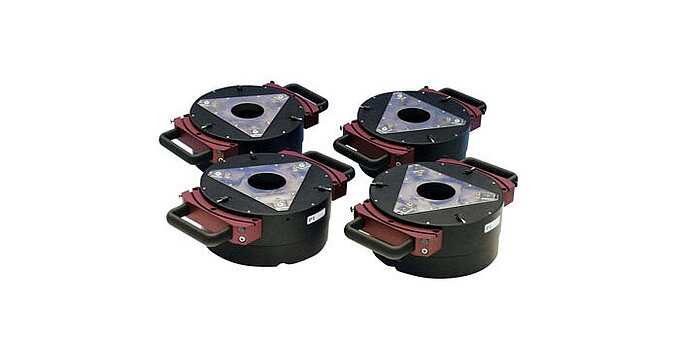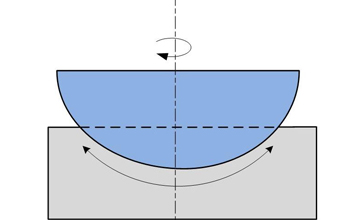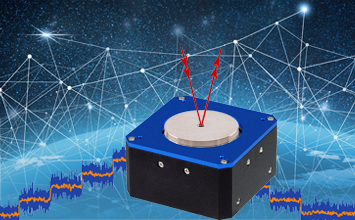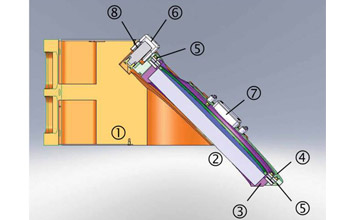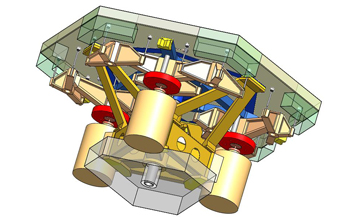Icarus Wasn’t Even Close – Fast Steering Mirror Orbits the Sun
How PI’s Piezo Steering Mirror Technology is Helping ESA and NASA Unlock the Sun's Secret
In Greek mythology, Daedalus warns his son, Icarus, to keep a safe distance from the sun, when both of them attempt to escape from Crete with the help of wings held together by wax. As expected, the son does not listen and the melting adhesive makes Icarus’ wings disintegrate. The radiation of the sun can be damaging, but without its energy, there would be no life on our planet. So it’s no surprise that humans have always showed a keen interest in the center of our solar system. Modern technology developed for aerospace and astronomy now makes it possible to look much closer at the sun than the generations before us dared to dream.
The Solar Orbiter satellite space probe, a joint project between ESA (European Space Agency) and NASA, started its journey in February 2020 in order to solve a few more of the sun’s secrets. Helping obtain the answers is a fast tip/tilt steering mirror platform from PI, used for the secondary mirror of one of the central experiments, the Polarimetric and Helioseismic Imager (PHI).
The Solar Orbiter received its "ready-for-take-off" call at 5:03 am EST on February 10, 2020 in Cape Canaveral AFS Launch Complex 41. The main objective of this joint project between the ESA and NASA is to study the formation of the solar wind and the underlying dynamic processes on the sun. Later in June, ESA published their first images, which have attracted worldwide attention and great interest.
One of the ten different important instruments on board of the orbiter is the Polarimetric and Helioseismic Imager (PHI) developed by the Max Planck Institute for Solar System Research in cooperation with the Leibniz Institute for Solar Physics. The PHI will provide images of the solar surface (photosphere) in the visible light spectrum. In addition, the PHI instrument will determine the strength and direction of the magnetic fields, as well as the flow velocity of the plasma at the solar surface.
In order to balance micro-vibrations of the satellite, a sophisticated image stabilization system is required. The solution, which was decided upon by researchers of the Leibniz Institute, is based on a fast piezo tip/tilt steering mirror platform developed by PI. The fast mechanism moves the secondary mirror of the telescope.
Arne Bramigk, the lead developer of the fast piezo tip/tilt mechanism, today reflects on 10 years of successful development work:

The development of this special piezo tip/tilt mechanism is in many ways of great importance for PI. Today, we can claim that our piezo nanopositioning system, despite its high precision and performance, is functioning well in space at extremely high temperatures, in high vacuum. Who else can say that? In addition to vacuum at high temperatures, massive loads due to high accelerations and vibration during the launch of the satellite must be coped with.
We are talking about a nano-precision mechanism here, with a bandwidth of 300Hz, 590µrad angular throw. The extremely stiff design results in a mechanical resonant frequency of 1.3kHz, including load. This could only be achieved by combining special piezo ceramic direct drives, special titanium alloy for the mechanisms, surface treatment, along with a ton of FEA model simulations.
Dr. Joachim Woch, PHI project manager at the Max Planck Institute for Solar System Research, is pleased about the successful start of the mission, said:
The commissioning of PHI in space has been successfully completed. The first photos taken by PHI of the photosphere of the sun are of excellent quality.
All technical subsystems, including the PI fast piezo tip/tilt platform, work without any problems.
Thanks to this successful implementation and beyond these recent results, Bramigk sees future potential in other missions for PI, to extend the benefits of this technology, such as free-space optical communication from satellite to satellite or from satellite to Earth.
Currently, we can look forward to more spectacular images of our star – and to numerous scientific findings that researchers can draw from them.
PHI is made of two telescopes. The so-called Full Disk Telescope (FDT) observes the entire sun disk at low angular resolution, while the High Resolution Telescope (HRT) observes a section of the solar surface of 1000 x 1000 arc seconds with its aperture of 14cm.
This is where the fast piezo actuator-driven image stabilization unit on the satellite comes into play in order to achieve the angular resolution of one arc second specified in the scientific requirements and the required polarimetric accuracy. Under normal conditions, the remaining image movement between the shots must be less than 1/40 arc second (1/20 of a pixel of the scan detector). To put the astronomically small angle in perspective: if you were capable to rotate a laser pointer by as little 1/40 arc secs, the dot would shift only ~1.2mm on a 10km distant screen.
Piezo actuator-driven active / adaptive optics from PI have been used in many astronomical telescopes and other PI products have been used successfully in aerospace applications, including a project on the Mars Rover Discovery to help detect ancient life.
Blog Categories
- Aero-Space
- Air Bearing Stages, Components, Systems
- Astronomy
- Automation, Nano-Automation
- Beamline Instrumentation
- Bio-Medical
- Hexapods
- Imaging & Microscopy
- Laser Machining, Processing
- Linear Actuators
- Linear Motor, Positioning System
- Metrology
- Microscopy
- Motorized Precision Positioners
- Multi-Axis Motion
- Nanopositioning
- Photonics
- Piezo Actuators, Motors
- Piezo Mechanics
- Piezo Transducers / Sensors
- Precision Machining
- Semicon
- Software Tools
- UHV Positioning Stage
- Voice Coil Linear Actuator
- X-Ray Spectroscopy

